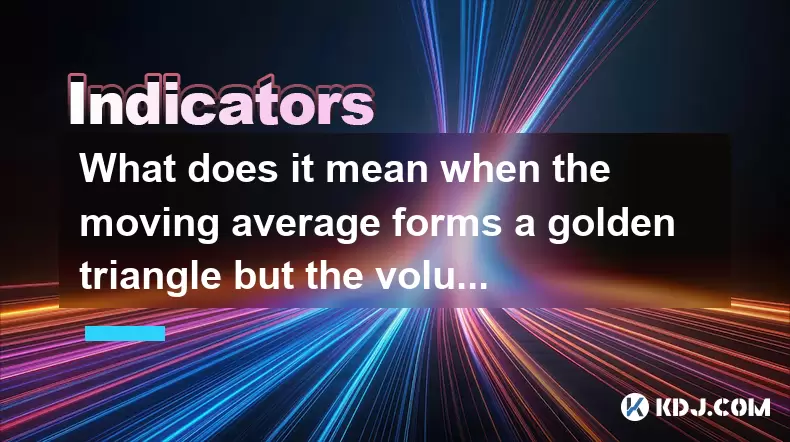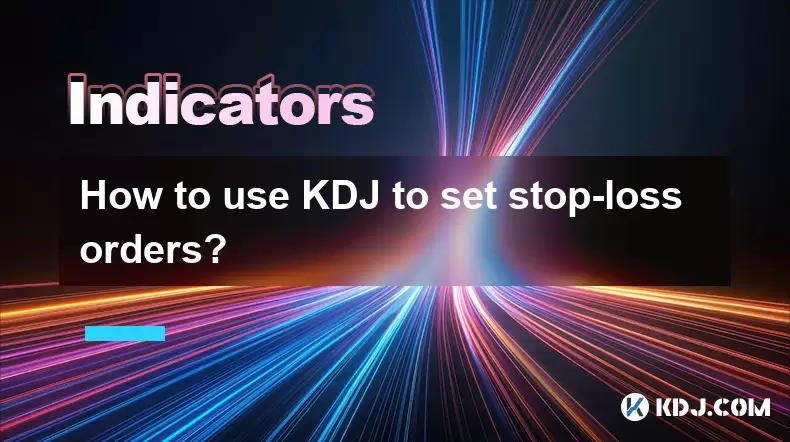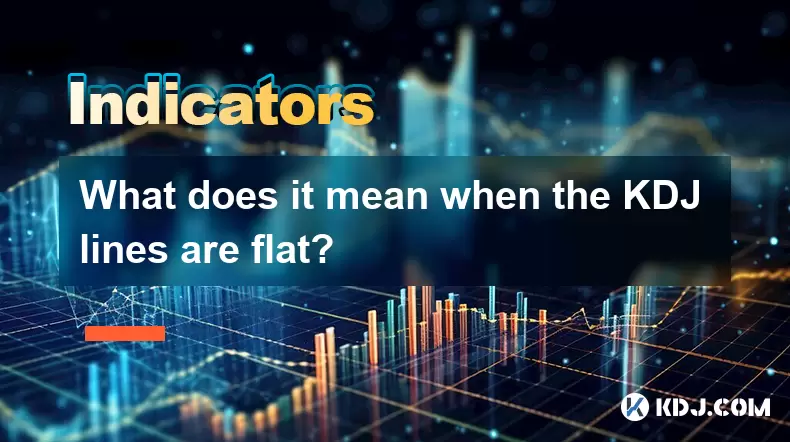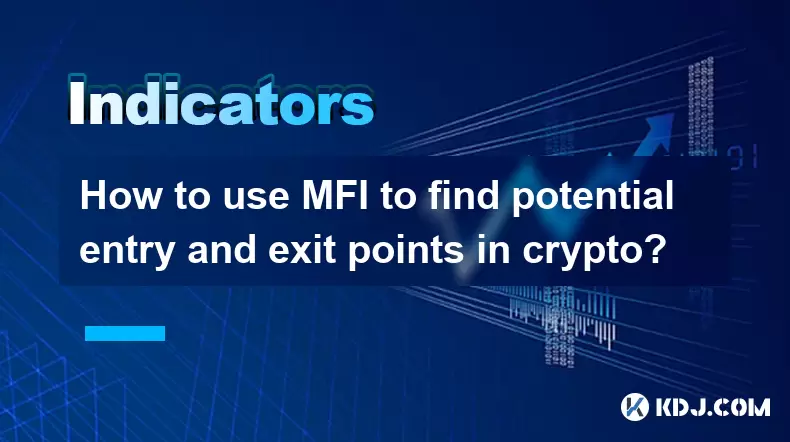-
 Bitcoin
Bitcoin $114700
-3.36% -
 Ethereum
Ethereum $3619
-6.51% -
 XRP
XRP $2.926
-7.66% -
 Tether USDt
Tether USDt $0.9998
-0.02% -
 BNB
BNB $768.6
-4.90% -
 Solana
Solana $168.2
-7.52% -
 USDC
USDC $0.9999
0.00% -
 Dogecoin
Dogecoin $0.2045
-9.02% -
 TRON
TRON $0.3243
-0.27% -
 Cardano
Cardano $0.7208
-8.45% -
 Hyperliquid
Hyperliquid $39.74
-9.17% -
 Stellar
Stellar $0.3882
-8.79% -
 Sui
Sui $3.481
-11.93% -
 Chainlink
Chainlink $16.52
-9.04% -
 Bitcoin Cash
Bitcoin Cash $556.7
-4.79% -
 Hedera
Hedera $0.2444
-11.40% -
 Avalanche
Avalanche $21.96
-8.51% -
 Ethena USDe
Ethena USDe $1.001
-0.02% -
 UNUS SED LEO
UNUS SED LEO $8.950
0.15% -
 Toncoin
Toncoin $3.425
-2.33% -
 Litecoin
Litecoin $104.4
-5.94% -
 Shiba Inu
Shiba Inu $0.00001212
-7.49% -
 Polkadot
Polkadot $3.630
-6.98% -
 Uniswap
Uniswap $9.165
-10.12% -
 Monero
Monero $306.8
-3.10% -
 Dai
Dai $0.9999
-0.01% -
 Bitget Token
Bitget Token $4.360
-3.43% -
 Pepe
Pepe $0.00001049
-9.59% -
 Cronos
Cronos $0.1352
-8.67% -
 Aave
Aave $256.5
-8.03%
What does it mean when the moving average forms a golden triangle but the volume shrinks?
The golden triangle in moving averages signals potential bullish reversals, but shrinking volume during formation warns of weak momentum and possible false breakouts in crypto markets.
Jul 29, 2025 at 11:57 pm

Understanding the Golden Triangle in Moving Averages
The golden triangle in technical analysis refers to a specific chart pattern formed by moving averages that signals a potential bullish trend reversal. This formation typically occurs when three moving averages—commonly the 50-day, 100-day, and 200-day—converge at a single point before diverging in an upward direction, forming a triangular shape. The convergence suggests decreasing volatility and market indecision, while the subsequent upward divergence indicates renewed buying momentum. Traders interpret this pattern as a sign that upward price movement may be on the horizon. The key to identifying a true golden triangle lies in the alignment and crossover sequence of the moving averages. When the shorter-term MA crosses above the medium-term MA, which in turn crosses above the long-term MA, the bullish signal strengthens.
Interpreting Shrinking Volume During the Formation
While the golden triangle suggests bullish potential, shrinking volume during its formation introduces a layer of caution. Volume represents the number of shares or contracts traded over a given period and is a critical indicator of market conviction. When volume decreases as the moving averages converge, it indicates that fewer market participants are actively trading the asset. This lack of participation may suggest weak confirmation of the emerging trend. In cryptocurrency markets, where volatility and sentiment drive price action, low volume during a pattern formation can mean that the breakout might lack sustainability. The discrepancy between a bullish technical signal and declining volume creates a divergence that traders must carefully assess.
Implications of the Divergence Between Price and Volume
A key principle in technical analysis is that price movements should be supported by volume to be considered valid. In the case of the golden triangle with shrinking volume, the bullish price structure formed by the moving averages is not corroborated by strong trading activity. This divergence can imply several scenarios. One possibility is that large investors or institutions are not actively accumulating the asset, despite the appearance of a bullish setup. Another interpretation is that retail traders are driving minor price increases without institutional backing, which often leads to false breakouts. In the crypto market, where manipulation and low-liquidity traps are common, this volume-price disconnect should trigger deeper scrutiny. It's essential to monitor whether volume picks up after the breakout from the triangle’s apex, as sustained upward movement typically requires increasing volume to confirm legitimacy.
How to Analyze This Pattern in Cryptocurrency Charts
To analyze the golden triangle with shrinking volume in cryptocurrency trading, follow these steps:
- Open a cryptocurrency charting platform such as TradingView or CoinGecko Pro.
- Apply the 50-day, 100-day, and 200-day exponential moving averages (EMAs) to the price chart.
- Zoom out to identify a period where the three EMAs converge into a tight cluster, forming a triangle-like shape.
- Observe the volume bars beneath the price chart during the convergence phase.
- Look for consistently declining volume bars as the moving averages tighten.
- Wait for the moving averages to begin fanning out upward, indicating potential bullish momentum.
- Check if volume increases during the breakout phase from the triangle’s apex.
- Use additional indicators like Relative Strength Index (RSI) or MACD to assess momentum strength.
This process allows traders to visually confirm the pattern and assess whether volume supports the potential trend. In low-volume scenarios, even if the moving averages suggest a golden triangle, the breakout may fail without follow-through buying pressure.
Risks and False Signals in Low-Volume Scenarios
Cryptocurrency markets are particularly prone to false signals when volume is low. A golden triangle forming under such conditions may lure traders into premature long positions. For example, a coin might appear to be breaking out as the moving averages diverge upward, but if volume remains flat or declines further, the rally could quickly reverse. This is especially common in altcoins with low market capitalization, where price can be manipulated with relatively small trades. The absence of volume suggests a lack of broad market interest, increasing the likelihood of a whipsaw or trap. Traders should treat such patterns as cautious opportunities rather than definitive buy signals. Risk management techniques—such as setting tight stop-loss orders or waiting for volume confirmation—can help mitigate exposure.
Strategies for Trading This Setup
When encountering a golden triangle with shrinking volume, consider the following strategies:
- Wait for volume confirmation: Do not enter a trade immediately after the moving averages begin to diverge. Instead, wait for a clear spike in volume that coincides with price moving above the triangle’s resistance level.
- Use partial position entries: Allocate a small portion of capital on the initial breakout and add more only if volume expands and price sustains gains over the next few candles.
- Combine with on-chain metrics: In cryptocurrency, tools like exchange netflow, whale wallet activity, or hash rate trends (for proof-of-work coins) can provide additional context about market sentiment.
- Monitor order book depth: A thin order book despite a bullish pattern can indicate fragility in the price structure, even if moving averages suggest strength.
These strategies help align technical signals with market reality, reducing the risk of acting on misleading patterns.
Frequently Asked Questions
What does shrinking volume indicate during a golden triangle formation?
Shrinking volume suggests a lack of market participation and weak conviction behind the price movement. Even if the moving averages form a bullish pattern, low volume means the breakout may not be sustainable without stronger buying interest.
Can a golden triangle still be valid if volume is low?
Yes, it can still be valid, but the signal is considered weaker. A golden triangle with low volume requires additional confirmation—such as a volume surge post-breakout or alignment with fundamental news—before being acted upon.
Which cryptocurrencies are most susceptible to false golden triangle signals?
Low-market-cap altcoins and memecoins are most susceptible due to low liquidity and high volatility. These assets can exhibit technical patterns that lack volume backing, making them prone to manipulation and sudden reversals.
How long should I wait for volume confirmation after the golden triangle breakout?
Ideally, wait for 2 to 3 candlesticks (depending on the timeframe) to show both rising price and increasing volume. On a daily chart, this means 2–3 days of sustained volume growth following the breakout.
Disclaimer:info@kdj.com
The information provided is not trading advice. kdj.com does not assume any responsibility for any investments made based on the information provided in this article. Cryptocurrencies are highly volatile and it is highly recommended that you invest with caution after thorough research!
If you believe that the content used on this website infringes your copyright, please contact us immediately (info@kdj.com) and we will delete it promptly.
- Australia vs Lions: Unleashing Betting Offers and Free Bets for the Thrilling Finale
- 2025-08-01 16:30:11
- Bitcoin, Satoshi, and the Echoes of Ancient Wisdom in DeFi
- 2025-08-01 16:50:12
- ONDO Tokens: Could They Mint the Next Crypto Millionaires?
- 2025-08-01 16:30:11
- Satoshi, Meme Coins, and Substance: A New Era?
- 2025-08-01 16:50:12
- Decoding the Roar: Australia, the Lions, and the Betting Odds
- 2025-08-01 16:55:48
- Bitcoin Price Plummets Amid Trump Tariffs: A Market Sell-Off Deep Dive
- 2025-08-01 16:55:48
Related knowledge

How does the KDJ indicator apply to decentralized finance (DeFi) tokens?
Aug 01,2025 at 04:43pm
Understanding the KDJ Indicator in Technical AnalysisThe KDJ indicator is a momentum oscillator derived from the Stochastic Oscillator, widely used in...

What is the difference in KDJ signal interpretation between a trending and a ranging market?
Aug 01,2025 at 03:56pm
Understanding the KDJ Indicator in Cryptocurrency TradingThe KDJ indicator is a momentum oscillator widely used in cryptocurrency trading to identify ...

Does the KDJ indicator work well for low-liquidity crypto assets?
Aug 01,2025 at 02:01pm
Understanding the KDJ Indicator in Cryptocurrency TradingThe KDJ indicator is a momentum oscillator derived from the Stochastic Oscillator, widely use...

How to use KDJ to set stop-loss orders?
Aug 01,2025 at 04:28pm
Understanding the KDJ Indicator in Cryptocurrency TradingThe KDJ indicator is a momentum oscillator widely used in technical analysis within the crypt...

What does it mean when the KDJ lines are flat?
Aug 01,2025 at 03:22pm
Understanding the KDJ Indicator in Cryptocurrency TradingThe KDJ indicator is a momentum oscillator widely used in cryptocurrency technical analysis t...

How to use MFI to find potential entry and exit points in crypto?
Aug 01,2025 at 02:35pm
Understanding the MFI Indicator in Cryptocurrency TradingThe Money Flow Index (MFI) is a momentum oscillator used to measure the strength and directio...

How does the KDJ indicator apply to decentralized finance (DeFi) tokens?
Aug 01,2025 at 04:43pm
Understanding the KDJ Indicator in Technical AnalysisThe KDJ indicator is a momentum oscillator derived from the Stochastic Oscillator, widely used in...

What is the difference in KDJ signal interpretation between a trending and a ranging market?
Aug 01,2025 at 03:56pm
Understanding the KDJ Indicator in Cryptocurrency TradingThe KDJ indicator is a momentum oscillator widely used in cryptocurrency trading to identify ...

Does the KDJ indicator work well for low-liquidity crypto assets?
Aug 01,2025 at 02:01pm
Understanding the KDJ Indicator in Cryptocurrency TradingThe KDJ indicator is a momentum oscillator derived from the Stochastic Oscillator, widely use...

How to use KDJ to set stop-loss orders?
Aug 01,2025 at 04:28pm
Understanding the KDJ Indicator in Cryptocurrency TradingThe KDJ indicator is a momentum oscillator widely used in technical analysis within the crypt...

What does it mean when the KDJ lines are flat?
Aug 01,2025 at 03:22pm
Understanding the KDJ Indicator in Cryptocurrency TradingThe KDJ indicator is a momentum oscillator widely used in cryptocurrency technical analysis t...

How to use MFI to find potential entry and exit points in crypto?
Aug 01,2025 at 02:35pm
Understanding the MFI Indicator in Cryptocurrency TradingThe Money Flow Index (MFI) is a momentum oscillator used to measure the strength and directio...
See all articles

























































































